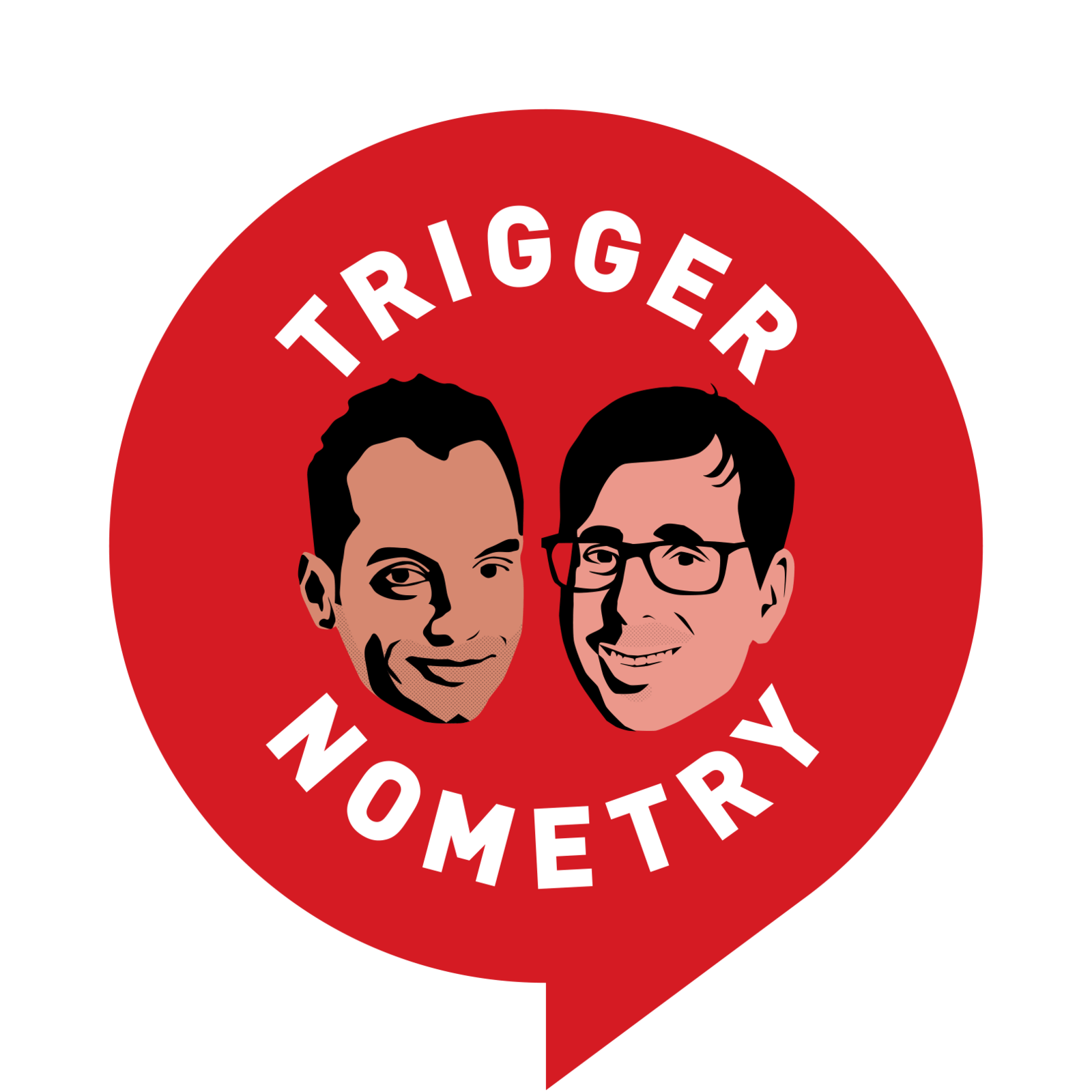PortalsOS
Related Posts
Vote to see vote counts
There are over 200 genes identified that can cause hearing loss, highlighting the significant genetic component. However, environmental factors like noise trauma, aging, and infections also play a crucial role.
Unlike vision correction with glasses, hearing aids do not restore hearing back to normal. They are aids, not solutions, which contributes to the stigma surrounding hearing loss.

Autism is largely genetic, with over a hundred genes associated with it. These include rare genetic variants and common genetic variations, showing a complex genetic landscape.

Current imaging technologies like CT scans and MRIs cannot detect cells in the inner ear due to its tiny size, which complicates the diagnosis of hearing loss.
Hearing loss is a huge problem, affecting 1.5 billion people and disabling half a billion. The World Health Organization estimates another billion will be affected by 2050. This issue is underappreciated and stigmatized, with many living in silence.
Hidden hearing loss can occur even if standard audiometric tests show normal results. This happens when synapses connecting sensory cells to neurons are damaged by loud sounds, leading to issues like tinnitus.